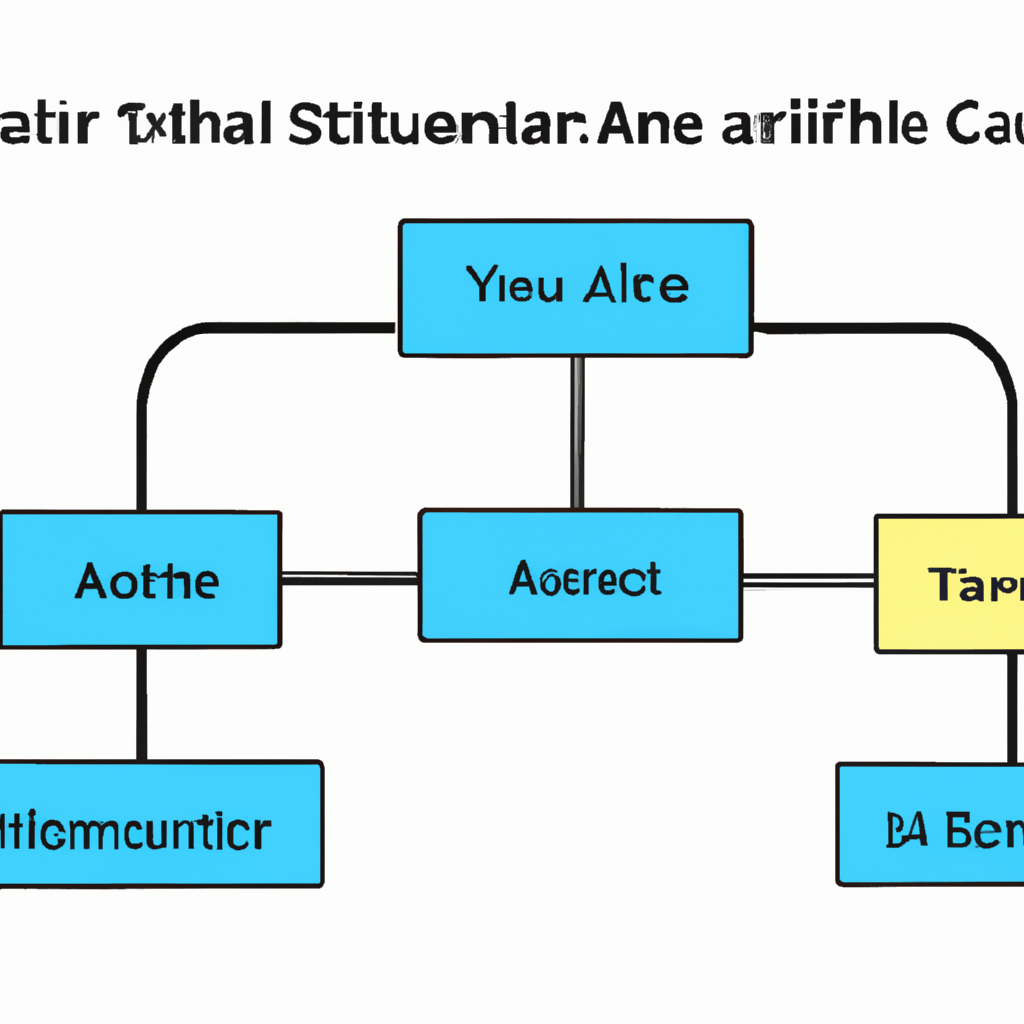Social hierarchy and divisions

Social hierarchy and divisions impact various aspects of society, shaping relationships and opportunities for individuals. Within communities, these structures establish power dynamics and influence interpersonal interactions, often leading to feelings of exclusion or inferiority among those at the lower rungs. The impact of social divisions on individuals' sense of belonging and self-worth cannot be underestimated. Furthermore, such hierarchies can perpetuate inequality and restrict mobility, reinforcing entrenched societal norms and prejudices. Despite efforts to promote equality and inclusivity, deeply ingrained divisions persist, challenging the notion of a truly equitable society. Addressing these disparities requires a collective commitment to fostering understanding and empathy across social boundaries.
Read more
Social structure and hierarchy

Social structure refers to the framework that shapes the relationships, roles, and interactions among members of a society. It encompasses the organization of individuals into various groups, such as families, communities, and institutions, that form the building blocks of social order. Within this structure, hierarchy refers to the unequal distribution of power, status, and resources among individuals or groups. It determines the social positions and roles that individuals occupy, ranging from the highest positions of authority to the lowest levels of subordination. Understanding social structure and hierarchy is crucial for comprehending the dynamics and functioning of societies across different cultures and historical periods.
Read more












